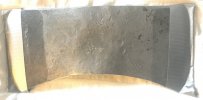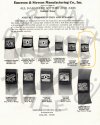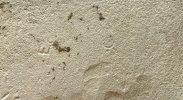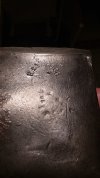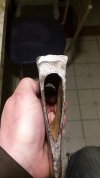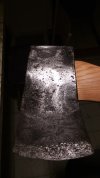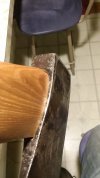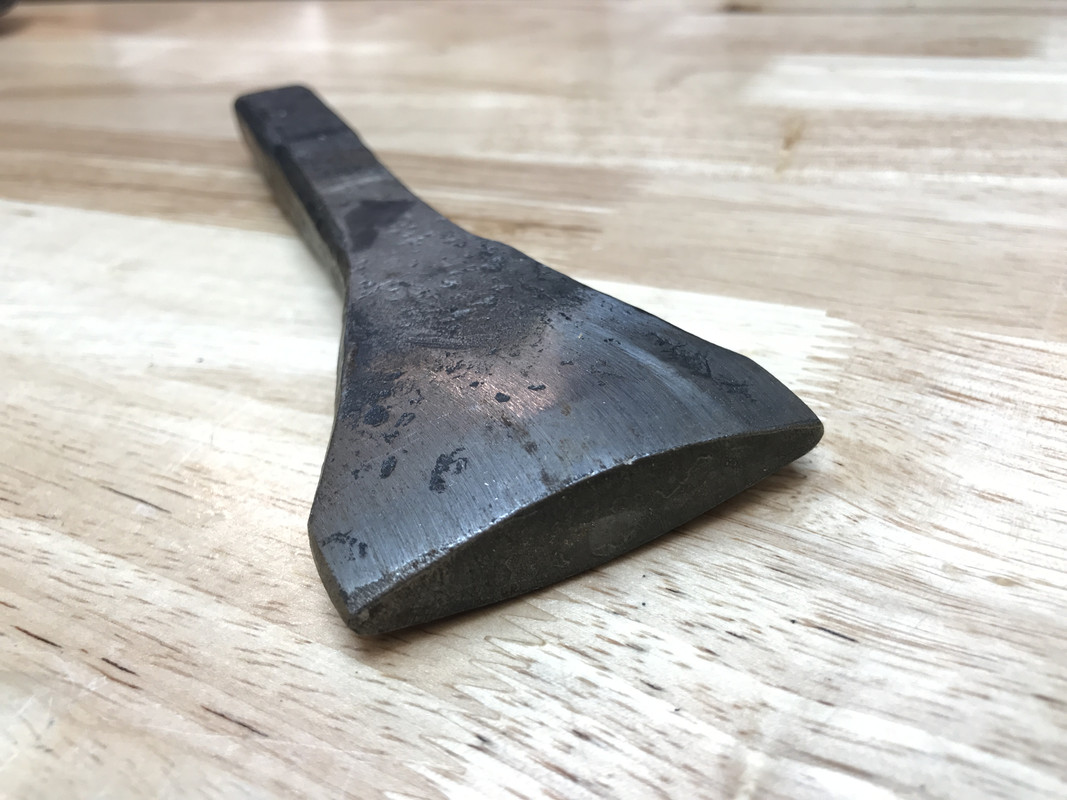- Joined
- Jul 8, 2014
- Messages
- 558

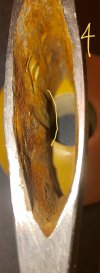
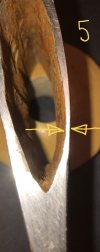
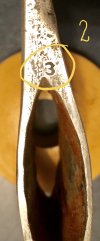
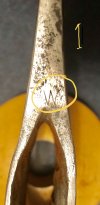 3 questions:
3 questions: I ended up with this DB, and I’ve done a lot on it so far, but when I started putting on the new haft, I decided to stop and seek the advice of my wise axe colleagues.
#1) does anyone recognize the “W’ (or M?) or the “3” on either side of the eye? The are both on the underside of the bit. There is a “3 1/4” on the side. (See pictures 1 and 2)
#2) the eye is significantly narrower in the middle as a result of using the axe to do some pounding. It is the same on both sides. This is going to make for a tricky hang. It’s more pronounced on one side so as I watch for blade/handle alignment, it’s getting tricky, because the indent on the one side is tilting the bit out of alignment. (See pictures 3 and 4)
#3) as you can see from picture 5, the wall has a thin spot.
#2 and #3 considered, do you think it’s worth completing the rehang? I don’t mind a challenge, but don’t want to waste a nice handle.

